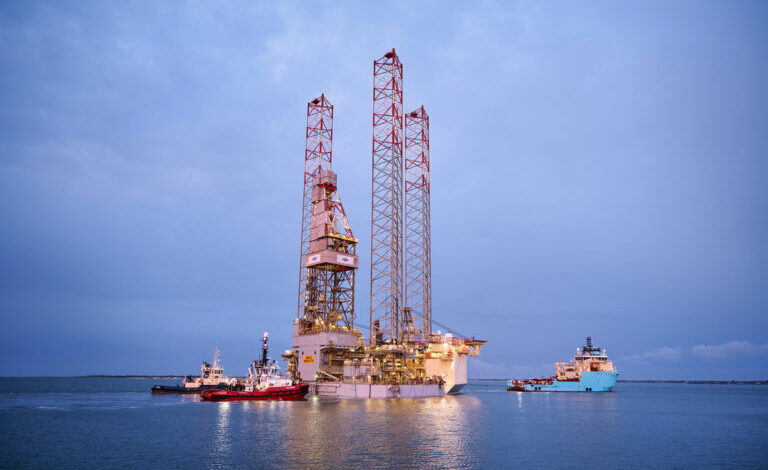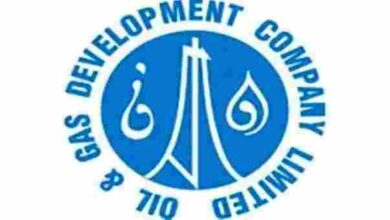Soiltech signs contract with Petrogas

Petrogas E&P Netherlands and Soiltech have signed an agreement for the treatment of contaminated water on the jackup rig Noble Resolute.
The company will be utilizing its slop treatment technology (STT) to reduce the fluid waste generated during operations with up to 95%. This in turn reduces the amount of waste sent to shore for onshore treatment and disposal. No chemicals will be used in the treatment process, thereby avoiding the discharge of chemicals to sea.
“As environmental regulations continue to tighten world-wide, we see an increase in the demand for our technologies”, says Jan Erik Tveteraas, Soiltech CEO.




